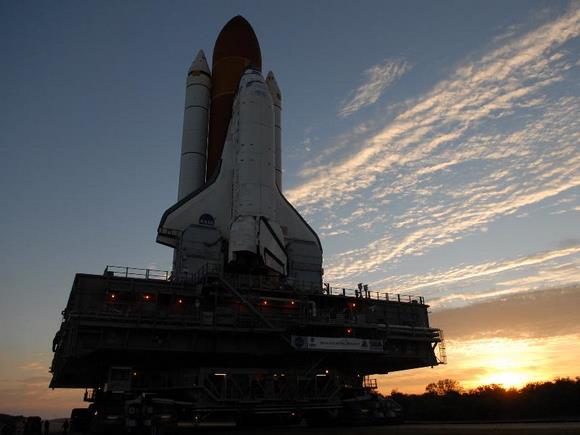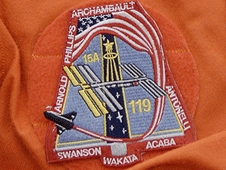NASA engineers and its subcontractors are still conducting extensive tests of the valves of the type that broke apart on the Endeavor mission in November 2008, and which also delayed the Discovery mission, which was designed to expand the power generation capacity of the International Space Station

NASA's Shuttle Program Administration has put together a plan that will include comprehensive testing of the liquid hydrogen flow control valves and related systems to enable the launch of the shuttle Discovery. The tentative date set is March 12, a more accurate date will be determined according to the progress of the work on the valves.
At the Kennedy Space Center, engineers began removing Discovery's three valves, two of which will undergo careful examinations. NASA will take 4,000 pictures of each valve and they will be examined for cracks. Valves that have been used less often in space missions will be installed on Discovery instead. The engineering teams will perform a complete analysis and testing of the valves to understand what the consequences will be if pieces of the valves break off and damage the compression lines that carry the fluid between the external fuel tank and the shuttle engines. Adjustments may be made to the compression tubing to add an additional layer of protection in the event of fracture release.
NASA subcontractors are working to identify what caused the damage to the control valves of the space shuttle Endeavor on its mission in November 2008. As part of the main propulsion system, these valves route hydrogen back from the engines to the external fuel tank in the event of overpressure. After an examination of the shuttle Discovery's readiness for flight on February 20, NASA managers decided that a better understanding of the operation of the valves was required before the launch of Discovery could be approved.

On March 4, a meeting will be held in order to examine the new data and evaluate the continuation of the work. The managers will also schedule the people to move forward to the flight readiness meeting on March 6th. If the set date does come true, it will have no effect on the next two missions - STS-125 for the Hubble Space Telescope and STS-127 for the International Space Station.
Discovery's main mission now is to upload the last set of large solar collectors to the International Space Station and install them in a series of spacewalks.
